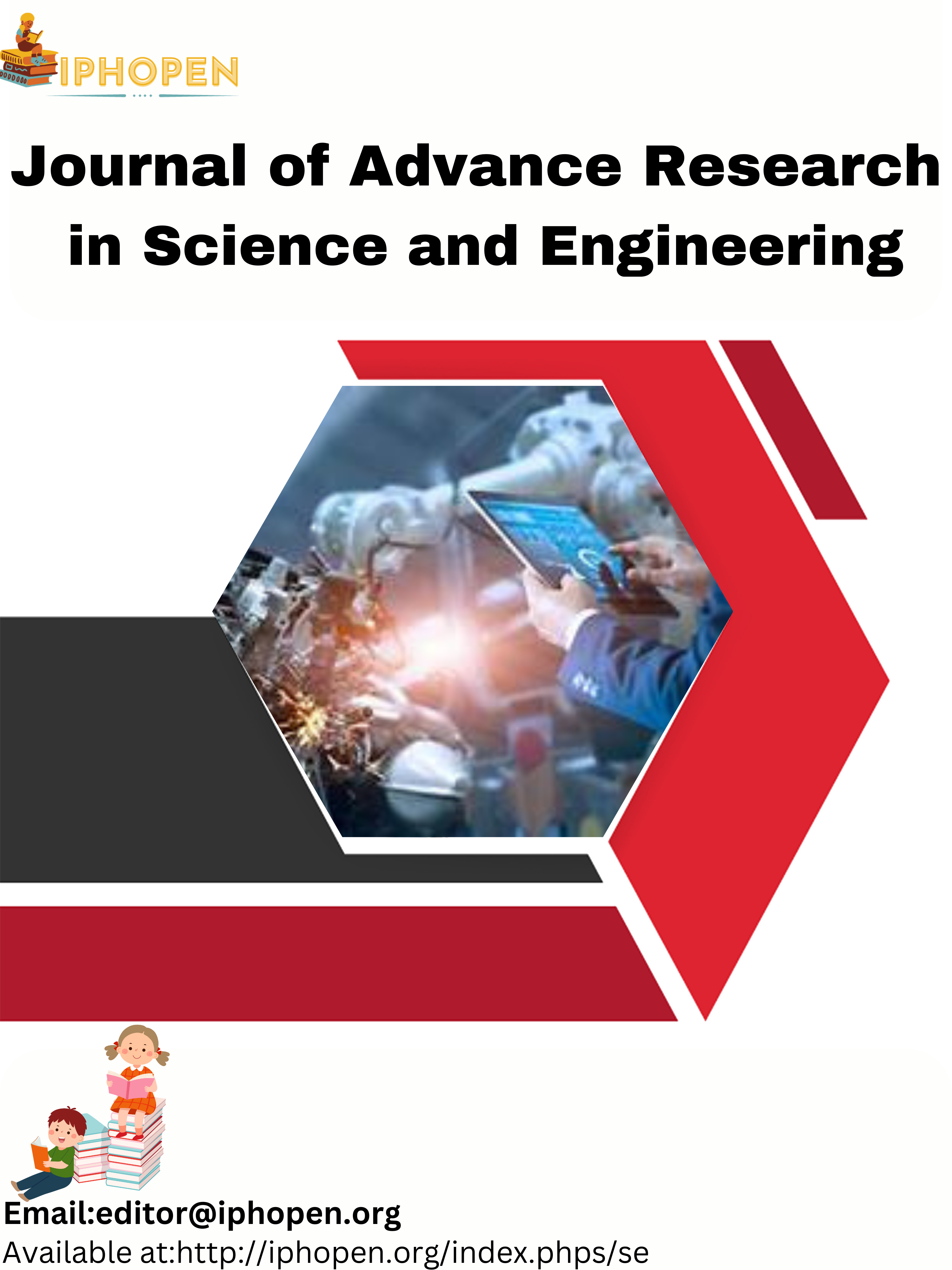GLOBAL CLIMATE CHANGE: CARBON CAPTURE TECHNOLOGIES AND THEIR ROLES IN THE MITIGATION OF CLIMATE CHANGE
Abstract
The escalating rates of carbon dioxide (CO?) releases into the atmosphere due to industrial and anthropogenic activities need carbon capture technologies (CCTs) as critical partfor climate change mitigation. The elevated levels of CO? emissions into the biosphere have varying degrees of impacts on the climate of nations and biodiversity in general. These impacts include global warming, floods, greenhouse effect, acid rain, ozone layer depletion and other secondary effects on both aquatic and terrestrial natural habitats. There are increasing concernsabout the fast-depleting populations of animal speciesat various stages of existential threats or even extinction. This unfortunate trend, if not adequately addressed could affect the food-chain adversely exposing humanity to grave dangers and threatening longevity of homo sapiens. In our current highly technologized global environment, scientists and engineers are working assiduously on promoting green technologies and evolving projects aimed at preserving the ecological profiles of communities in such manners that the health of our ecosystems is adequately protected legally and technologically through the application of eco-friendly engineering practices. This paper examines one of these engineered solutions known as CCTs, their current state, technological mechanisms, challenges, and ways they could effectively be integrated into broader climate policies by nations to ensure environmental sustainability.
This paper looks to illuminate the readers on the dangers of increasing CO? levels, their primary and secondary effects on the ecosystem and environmental sustainability. Despite past efforts directed at addressing environmental hazards by organs of the United Nations (UN) and non-governmental organizations (NGOs), the menace has not abated appreciably compared to the increasing threats to our ecological systems. It has become very necessary to develop technologies that could mitigate the effects of CO? releases into the biosphere and promote environmental sustainability for the benefits of both present and future generations, because life revolves around the environment for preservation.
References
BP Statistical Review of World Energy 2023. https://www.bp.com/
Church, J. A., et al. (2013). Sea Level Change. In Climate Change 2013: The Physical Science Basis. IPCC Fifth Assessment Report. DOI: 10.1017/CBO9781107415324.026
Coumou, D., & Rahmstorf, S. (2012). A Decade of Weather Extremes. Nature Climate Change, 2(7), 491-496. DOI: 10.1038/nclimate1452
Doney, S. C., et al. (2009). Ocean Acidification: The Other CO? Problem. Annual Review of Marine Science, 1(1), 169-192. DOI: 10.1146/annurev.marine.010908.163834
IEA (2023). Global Energy Review 2023. https://www.iea.org/
IPCC (2021). Climate Change 2021: The Physical Science Basis. Intergovernmental Panel on Climate Change. https://www.ipcc.ch/report/ar6/wg1/
Klaus S. Lackner, Hans-Joachim Ziock, Patrick Grimes (2011). The urgency of the development of CO? capture from ambient air: Proceedings of the National Academy of Sciences (PNAS), 2011.
Luthi, D., et al. (2008). HighResolution Carbon Dioxide Concentration Record 650,000–800,000 Years Before Present. DOI: 10.1038/nature06949
NASA (2023). Sea Level Rise: Evidence and Causes. https://sealevel.nasa.gov/
NASA (2023). Ice Loss from Greenland and Antarctica.https://climate.nasa.gov/
NASA GISS. Global Surface Temperature Data. https://data.giss.nasa.gov/gistemp/
NOAA (2023). What is Ocean Acidification?https://oceanacidification.noaa.gov/
Pacific Northwest National Laboratory (2024) Scientists Unveil Least Costly Carbon Capture System to Date
Parmesan, C., & Yohe, G. (2003). A Globally Coherent Fingerprint of Climate Change Impacts Across Natural Systems. Nature, 421(6918), 37-42. DOI: 10.1038/nature01286
Petit, J. R., et al. (1999). Climate and Atmospheric History of the Past 420,000 Years from the Vostok Ice Core, Antarctica. Nature, 399(6735), 429-436. DOI: 10.1038/20859
Rice University News (2024).Reactor developed at Rice.
Shepherd, A., et al. (2018). Mass Balance of the Greenland Ice Sheet from 1992 to 2018. Nature, 556, 219–222.10.1038/s41586-018-0172-2
Stern, N. (2007). The Economics of Climate Change: The Stern Review. Cambridge University Press. DOI: 10.1017/CBO9780511817434
Tans, P., & Keeling, R. (2023). Trends in Atmospheric Carbon Dioxide.https://gml.noaa.gov/ccgg/trends/
Tech Xplore (2024).Scientists develop new material for more efficient carbon capture.
UNFCCC (2022). Climate Change Impacts. https://unfccc.int/
World Economic Forum (2023). Why carbon-capture tech is key to reaching climate goals.
WMO (2023). State of the Global Climate Report. https://public.wmo.int/
WWF (2022). Living Planet Report 2022: Building a Nature-Positive Society. https://www.worldwildlife.org/
Downloads
Published
How to Cite
Issue
Section
License

This work is licensed under a Creative Commons Attribution-NonCommercial-ShareAlike 4.0 International License.
Author(s) and co-author(s) jointly and severally represent and warrant that the Article is original with the author(s) and does not infringe any copyright or violate any other right of any third parties and that the Article has not been published elsewhere. Author(s) agree to the terms that the IPHO Journal will have the full right to remove the published article on any misconduct found in the published article.






